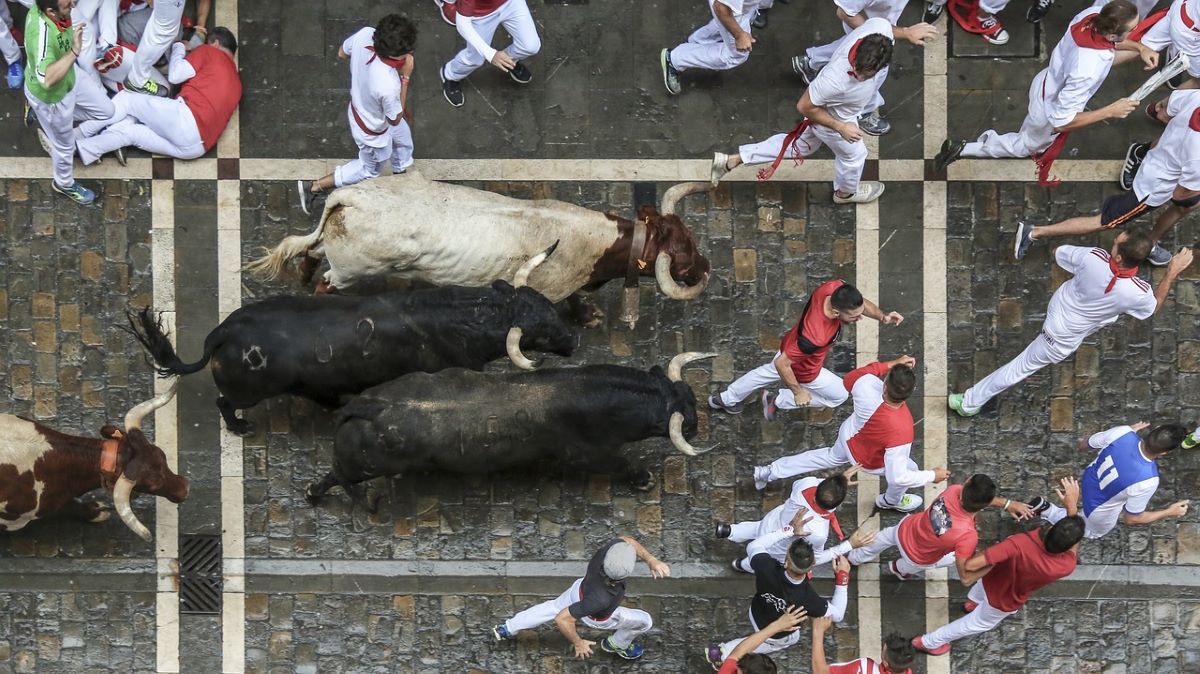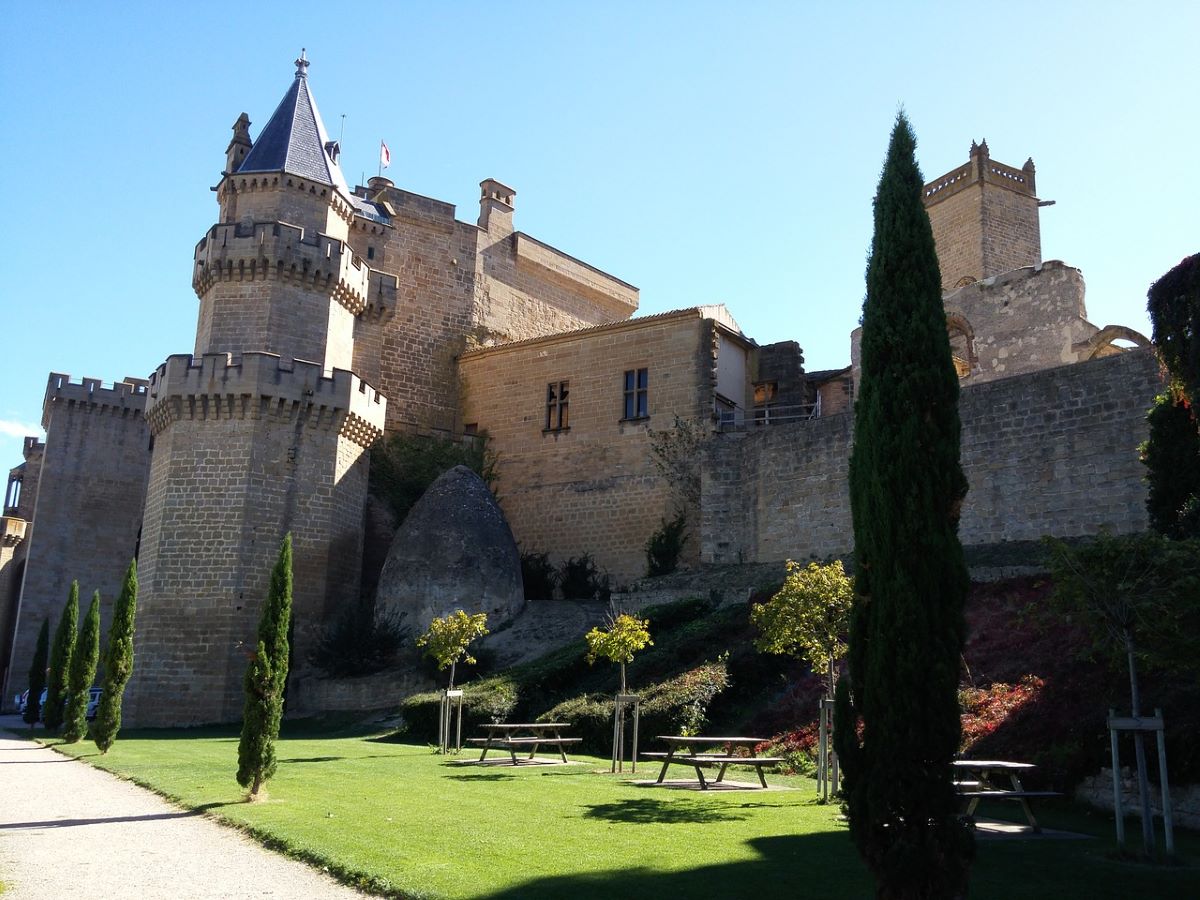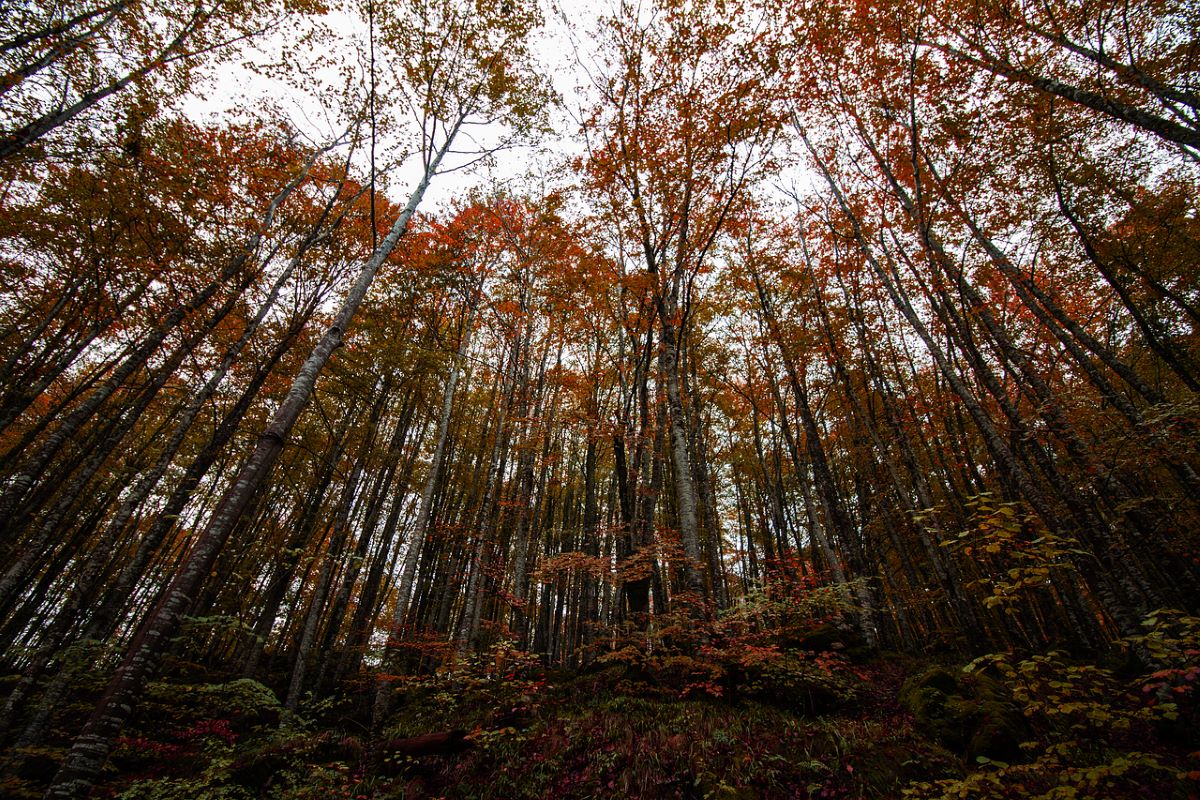
Image | Pixabay
Located in the north of Spain, Navarra is a community full of charming towns and a great natural wealth that mixes Alpine, Atlantic and Mediterranean landscapes. In recent years it has become one of the pioneering autonomous communities in developing rural tourism. Here are three places to see in Navarra that you cannot miss. You will love them!
Pamplona
Capital of the ancient kingdom of Navarre, the origins of Pamplona go back to the XNUMXst century BC when the Romans founded the city of Pompaelo on an ancient native town. Known worldwide for the Sanfermines, Pamplona is a welcoming town that has an active old town full of shops, cultural activities and gastronomic stops to spend very pleasant moments. In addition, its central geographical location in Navarra is ideal for discovering other interesting places in the region.
The old town, called Alde Zaharra in Basque, has a medieval layout of low houses and narrow streets. In it you will find most of its monumental heritage. For example, the wall of Pamplona is one of the best preserved in Europe. On the other hand, its Citadel is considered the best example of military architecture of the Renaissance in Spain.
Another essential visit in Pamplona is the Gothic Cathedral of Santa María la Real, built in the XNUMXth and XNUMXth centuries, although its façade is in the neoclassical style. From its north tower there are impressive views of the entire city.
The Plaza del Castillo is the nerve center of life in Pamplona. Since its construction, the square has been one of the most recognizable icons of the city and where the most important events are held. This site is delimited by splendid XNUMXth century manor houses and by numerous bars with terraces where you can taste the excellent Navarran gastronomy. Estafecta street, famous for the San Fermín running of the bulls, is another place to enjoy good wine and various servings of pinchos.
On the other hand, if you want to take a walk through Pamplona and breathe fresh air, head to the oldest park in the municipality, the Jardines de la Taconera, where several peacocks live in freedom. You can also go to Yamaguchi Park, a beautiful Japanese-style garden.
Its most popular festivals are those of San Fermín, which are celebrated between July 6 and 14, to commemorate the patron saint of Navarra.
olite

Image | Pixabay
Located 43 kilometers south of Pamplona, Olite is a town famous for its castle-palace and monumental urban complex. It has its origins in Roman times and archaeological remains remain, such as the wall and the surrounding towns, but it was in the Middle Ages that it became the seat of the Navarrese royalty, who left behind a great artistic and cultural heritage.
The Royal Palace of the Kings of Navarra is one of the most beautiful places to see in Olite. It was built during the 1925th and XNUMXth centuries. In it we can visit rooms such as the rooms of the monarchs or climb its towers by means of spiral staircases from which we have fantastic views of the entire castle and the town. Declared a national monument in XNUMX, it is the most important example of civil Gothic in Navarra.
But its monumental urban complex is much more than its palace. By means of a walk through the narrow streets of Olite we will be able to contemplate manor houses, coats of arms, Gothic arches and impressive churches such as that of Santa María from the XNUMXth century.
Through the portal of the tower of the Spire you can access the Plaza Carlos III, where the town hall built in 1950 in the form of a noble mansion is located. There are also two underground galleries from the XNUMXth century and several bars. In the Rúa Mayor you can visit the church of San Pedro and through other streets we can see Renaissance and Baroque palaces such as the Marqués de Rada. The artistic legacy is completed by the monasteries of Santa Engracia and San Francisco outside the walls.
Irati Forest

Image | Pixabay
Just over an hour from Pamplona by car is the Selva de Irati, one of the most renowned nature reserves in Europe. Those who have visited it say of it, without a doubt, that it is a magical place.
The Irati Forest forms an immense green patch of about 17.000 hectares that remains practically intact over time and human action. Firs and beech trees abound here, either mixed together or separately. However, hazelnuts, hairy oaks, yews, linden, maples, holly and serval can also be found. The chromatic variety reaches its peak with the arrival of autumn, when the green of the crowns gives way to the warm browns, reds and yellows of the leaves of the trees.
A spectacular wonder of nature that is located in the eastern Pyrenees of Navarre, in a basin surrounded by mountains in front of the Aezkoa and Salazar valleys. Any time is perfect to enter the Irati Forest and marvel at the immensity it transmits. However, visiting it during autumn has a special charm due to the explosion of colors reflected in the vegetation.
The visit to the largest European beech forest after the German Black Forest can be done on your own or by hiring the services of one of the companies in the area.